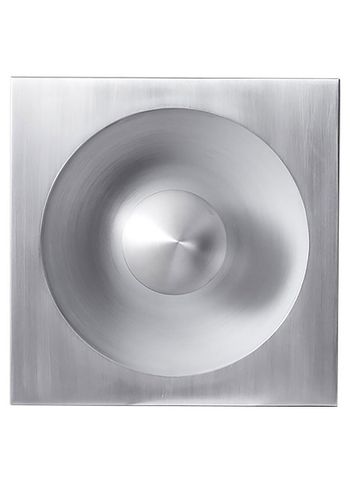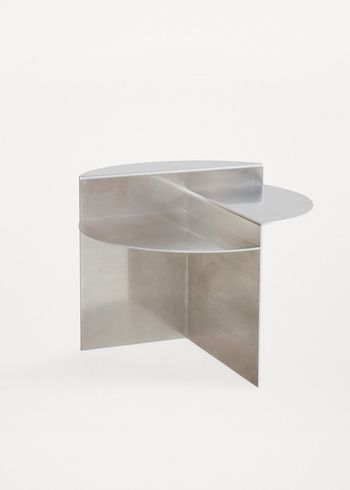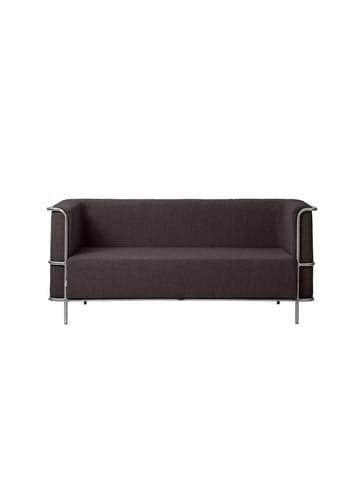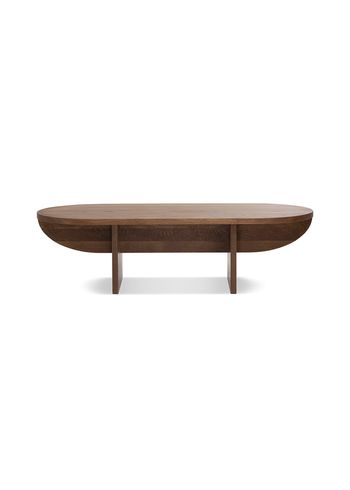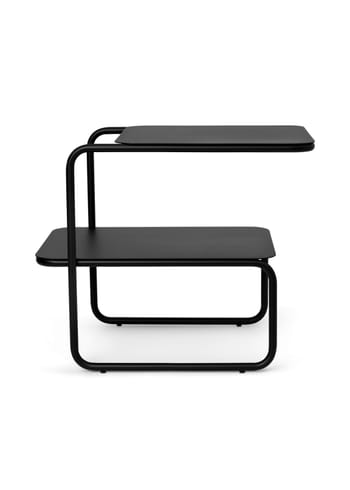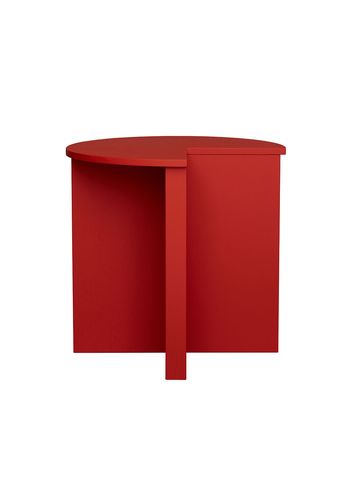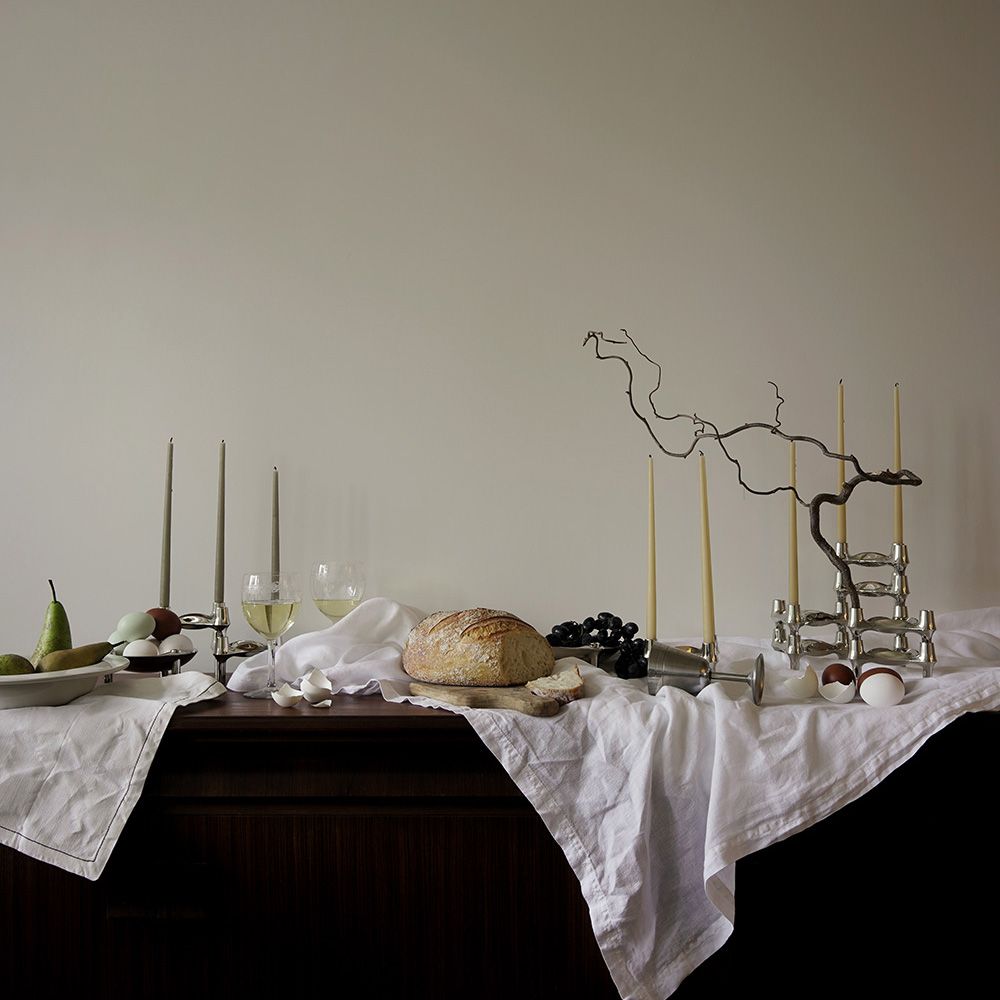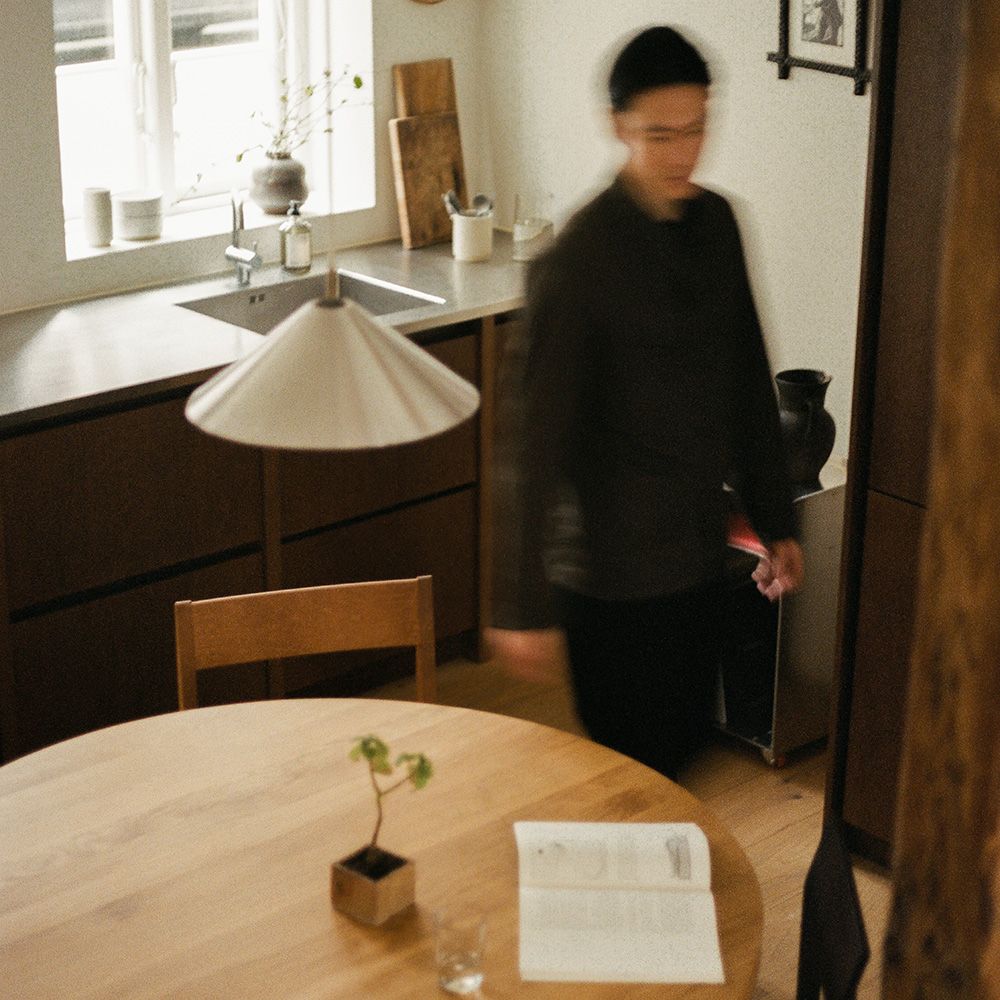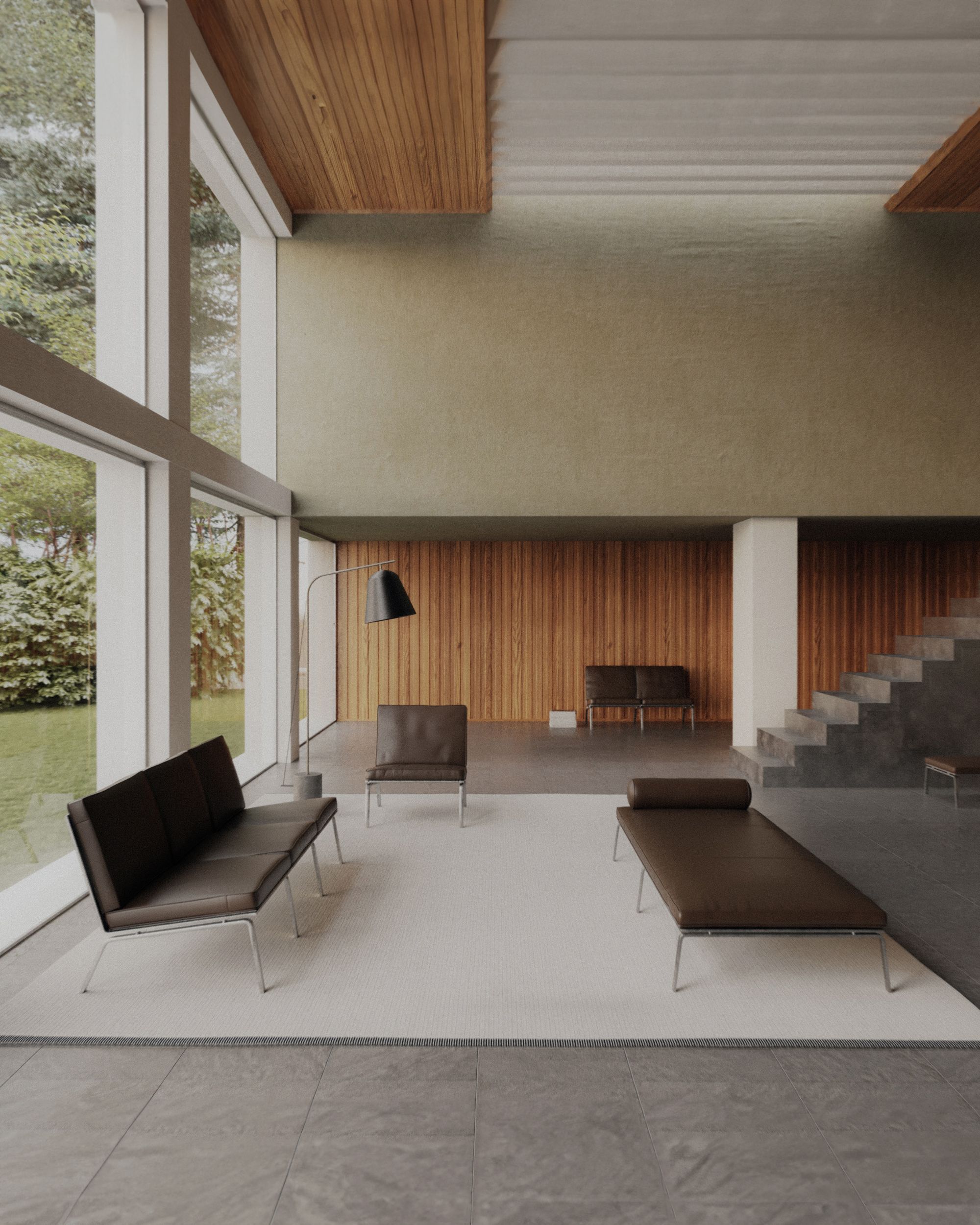
How to Decorate - Bauhaus
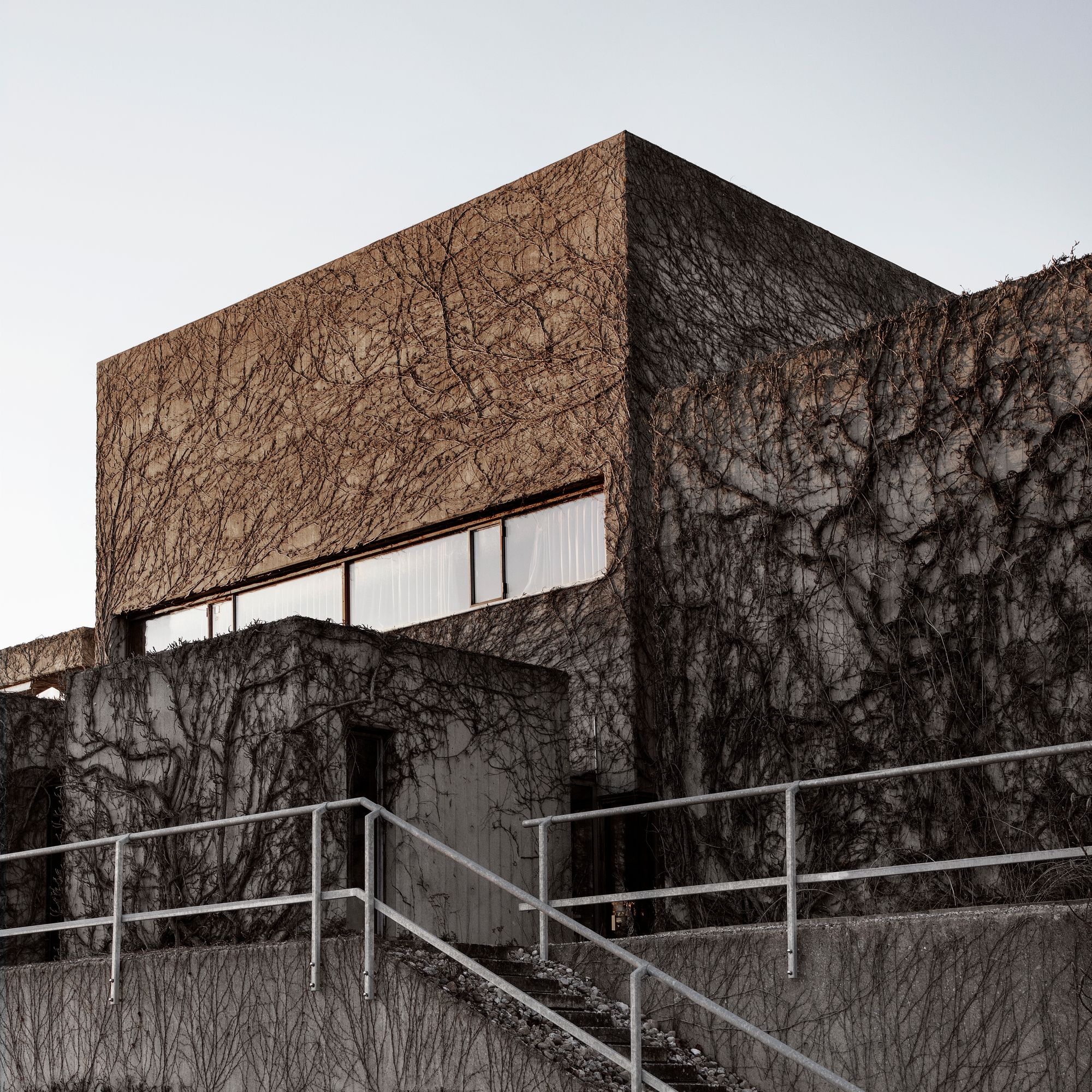
The history of the Bauhaus movement
At the heart of the Bauhaus movement lies a history of revolution in design and art, a movement born out of a desire to shape the future through aesthetics, functionality and simplicity. Founded in 1919 by visionary Walter Gropius in Weimar, Germany, Bauhaus stood for a fusion of art, craft and technology - a fusion designed to unite creativity and production. Gropius' ambition was to create a new kind of art school, a Staatliches Bauhaus, which would literally act as a 'state building house' for design and applied architecture.
The overall purpose of the Bauhaus movement was nothing less than to elevate the aesthetic values of modern industrial society, thereby improving human existence within its confines. By bringing together disciplines such as painting, sculpture and architecture under one roof, the Bauhaus aimed to break down the traditional barriers between the different art forms. This interdisciplinary collaboration would not only foster innovation, but also create functional and beautiful solutions for everyday life.
But Bauhaus' radical approach and avant-garde ideas were not without opposition. In 1933, the school was closed under pressure from the Nazis, who saw its ideas and influence as a threat to their own aesthetic and ideology. Although Bauhaus only existed for 14 years, its legacy is monumental and continues to inspire design and architecture to this day. Bauhaus taught us that design is not just about creating beautiful objects, but about shaping a better world through art, function and innovation.

The principles behind Bauhaus
The Bauhaus style, with its clean lines and 'less is more' approach, has undoubtedly left an indelible mark on the design industry. Characterised by a philosophy that form follows function, the Bauhaus movement introduced an era of minimalism, where everything superfluous was cut out in favour of simplicity and practicality. The use of primary colours, along with a devotion to geometric shapes, underlined this approach and created a visual identity that was both striking and unmistakably functional.
Today, the principles of Bauhaus resonate strongly in today's design world, where simplicity and functionality are still considered the highest goals. Modern designers and architects borrow heavily from the Bauhaus toolbox, which is reflected in everything from furniture to buildings that honour this timeless aesthetic. This enduring influence is due in part to the famous masters and teachers associated with the Bauhaus, such as Hannes Meyer, Ludwig Mies van der Rohe, and Josef Albers, whose work continues to inspire generations of creative souls.
The Bauhaus ideology of no boundaries between artist and craftsman, as well as its focus on the "Gesamtkunstwerk" or total work of art, led to an understanding that design is not only about aesthetics, but also about creating integrated and functional spaces. The movement's pioneers emphasised the importance of real materials and smart use of resources, which has laid the foundation for today's sustainable design practices.
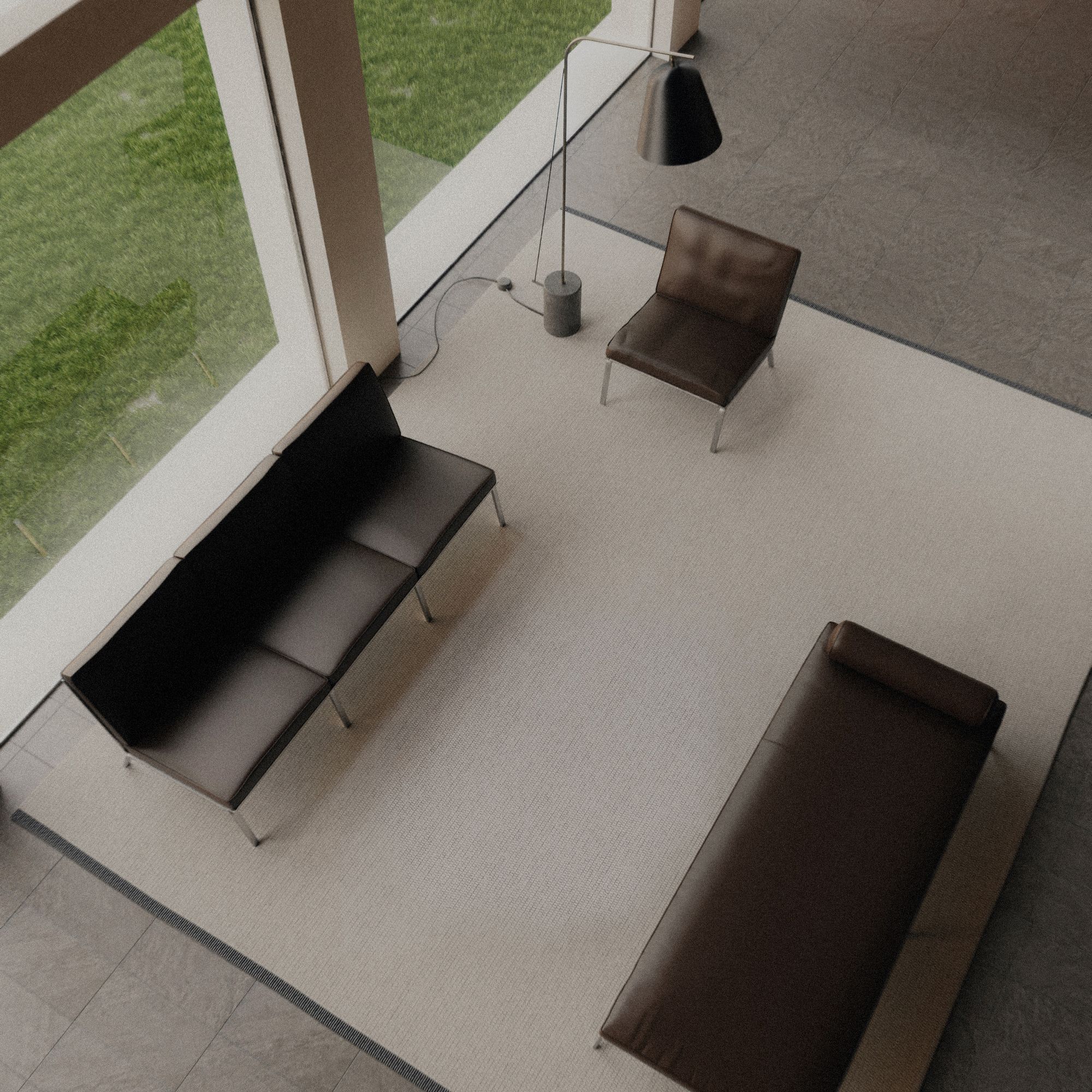
Architectural Bauhaus style
To give a room Bauhaus style, focus on simplicity and functionality in both texture and colour. Choose smooth, raw walls that act as a blank canvas, emphasising clean lines and geometric shapes. Incorporate building materials such as steel, glass and concrete to reflect Bauhaus' appreciation of industrial elements and modernity. Large, unadorned windows not only pay homage to this style's emphasis on natural light, but also blur the line between indoor and outdoor spaces, a key Bauhaus principle.
Iconic Bauhaus furniture
Bauhaus furniture is characterised by its functionality, simplicity and use of modern, industrial materials. Look for furniture that is minimalist in design, with geometric lines and a focus on practicality. Furniture made from steel tubing, leather and plywood are particularly characteristic of the Bauhaus style. Iconic pieces like Marcel Breuer's Wassily Chair or the Barcelona Chair by Mies van der Rohe and Lilly Reich epitomise the movement's design ethos and serve as timeless additions to any room.
Bauhaus-inspired interiors
When combining interior elements, aim for a balance between art and technology. Bauhaus interiors often have a restrained colour palette dominated by primary colours (red, blue, yellow) against neutral backgrounds. To add Bauhaus flair to a modern home, incorporate geometric patterns in textiles or wall art and choose decorative objects. Lighting fixtures should be simple but sculptural, emphasising form and efficiency.
Bauhaus in the modern home
Even small Bauhaus-inspired details can make a big difference. Consider adding sleek, geometrically shaped mirrors or clocks, minimalist metal or glass vases and textiles with abstract, primary-coloured patterns. Modular storage solutions not only pay homage to the Bauhaus ethos of functionality, but also help maintain the clutter-free, streamlined look that is central to this style.

